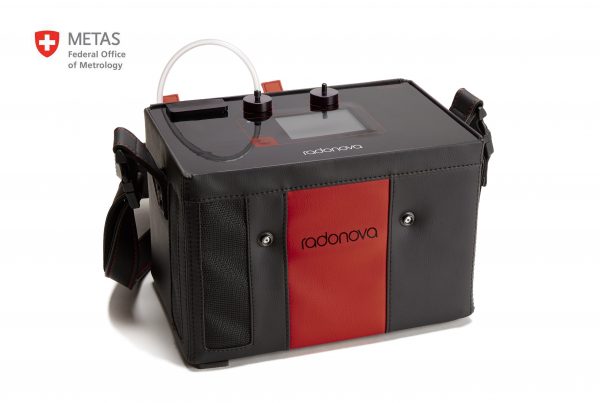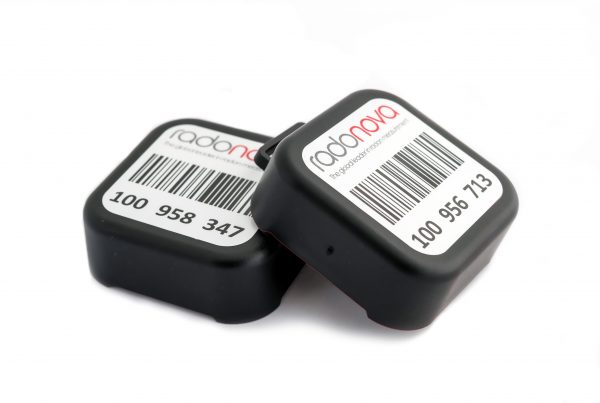Radon measurement using passive dosimeters is an important step in determining whether or not remediation is needed. When this proves necessary, the use of a radon sniffer such as ATMOS makes it possible to idenfy the origin of the radon within a room and thus to target more effectively the remediation actions to be undertaken.
The importance of an instrument to identify the right remediation solution
To the extent that high radon concentrations are identified in indoor air, determining precisely where the radon comes from is a necessary step to define what will be the most appropriate remediation action. Indeed, going directly to the remediation stage after a passive measurement will not necessarily guarantee the effectiveness of a particular remediation action.
Ventilation, underpressure in the crawl space, plugging of cable ducts, patching of cracks in the concrete slab, etc… There are as many remediation solutions as there are problem situations linked to radon. Thus, choosing the right solution without knowledge of the radon dynamics within a room is a classic error that can sometimes lead to costly work and ultimately have a small or even sometimes negative impact on radon concentrations.
ATMOS: The solution approved by the Swiss authorities
Designed for use in the field thanks to its light weight of 4.5 kg, its autonomy of 8 hours in continuous operation and its 90% accuracy after only 10 minutes of measurement, ATMOS is the ideal tool for identifying entry routes. radon in a room.
Identifying radon entry pathways with ATMOS: How to do it?
Thanks to the knowledge of the average levels of radon in the rooms to be investigated following the passive measurements carried out upstream, it suffices to launch a measurement with ATMOS at the places likely to be the cause of the penetration of radon into the room (skirting board, sockets cracks, cracks, etc…) and to compare the values with each other. When a significant difference between the measurement made by ATMOS and the passive measurement is diagnosed, the leak is identified!
It is then easy to indicate a directly effective remedial action.
Radonova wishes you an excellent summer. See you in September with lots of upcoming news !
For more information contact directly :
Thomas Chauvin : +33 6 08 40 53 30 / thomas.chauvin@radonova.com



